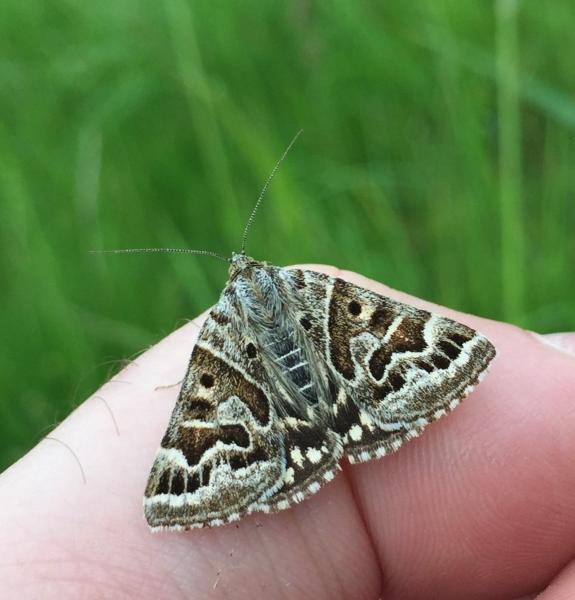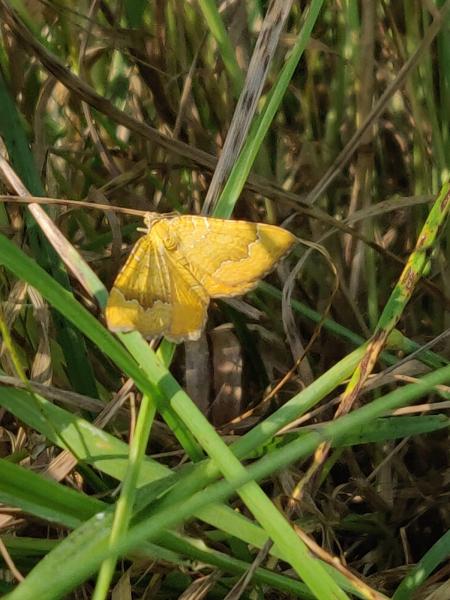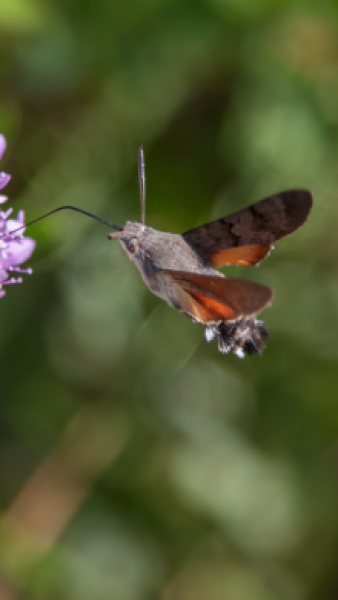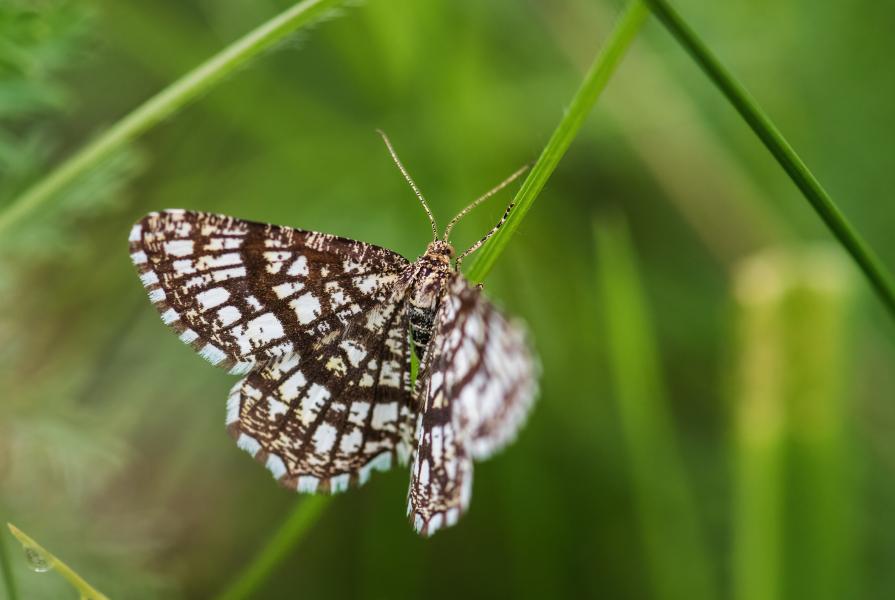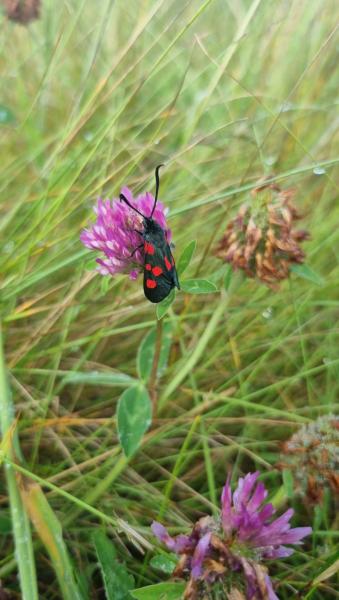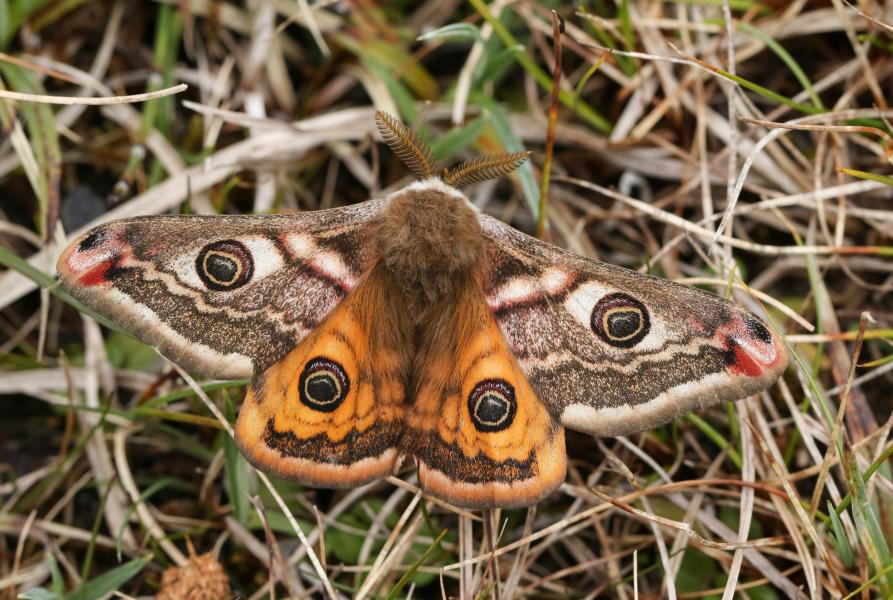Day-flying moths
In Britain and Ireland there are around 2,500 moths, with 900 being considered large moths (macro-moths). When thinking about these invertebrates, its likely you’ll imagine them fluttering around at night bumping into lights. This is mostly true, but in reality, not all moths are night flying. Around 130 species of macro-moths are day-flying, playing an important ecological role pollinating plants and providing a food source for bats, birds and small mammals. These day-flying moths are usually quite colourful and can be easily mistaken for butterflies.
In this guide, we will help you identify a few of our favourite day-flying macro-moths you can find while out and about on your woodland walks.

